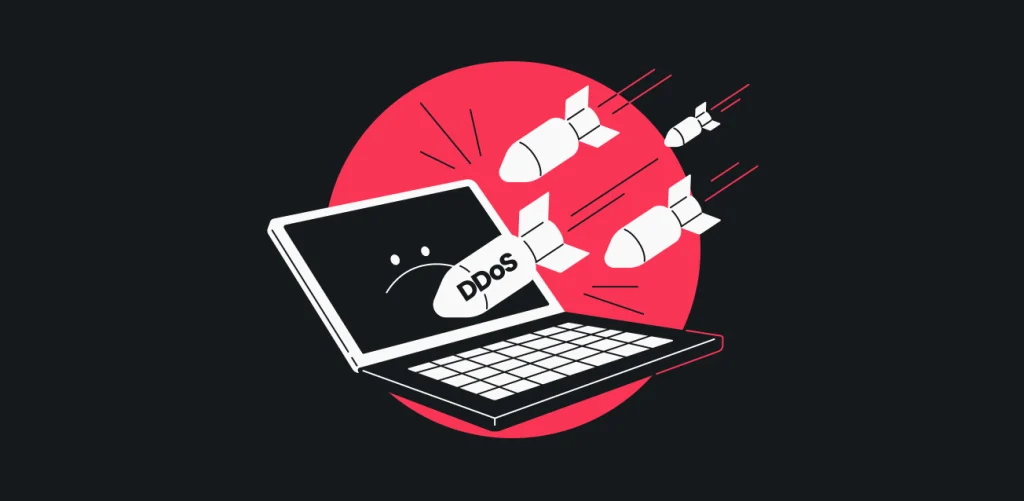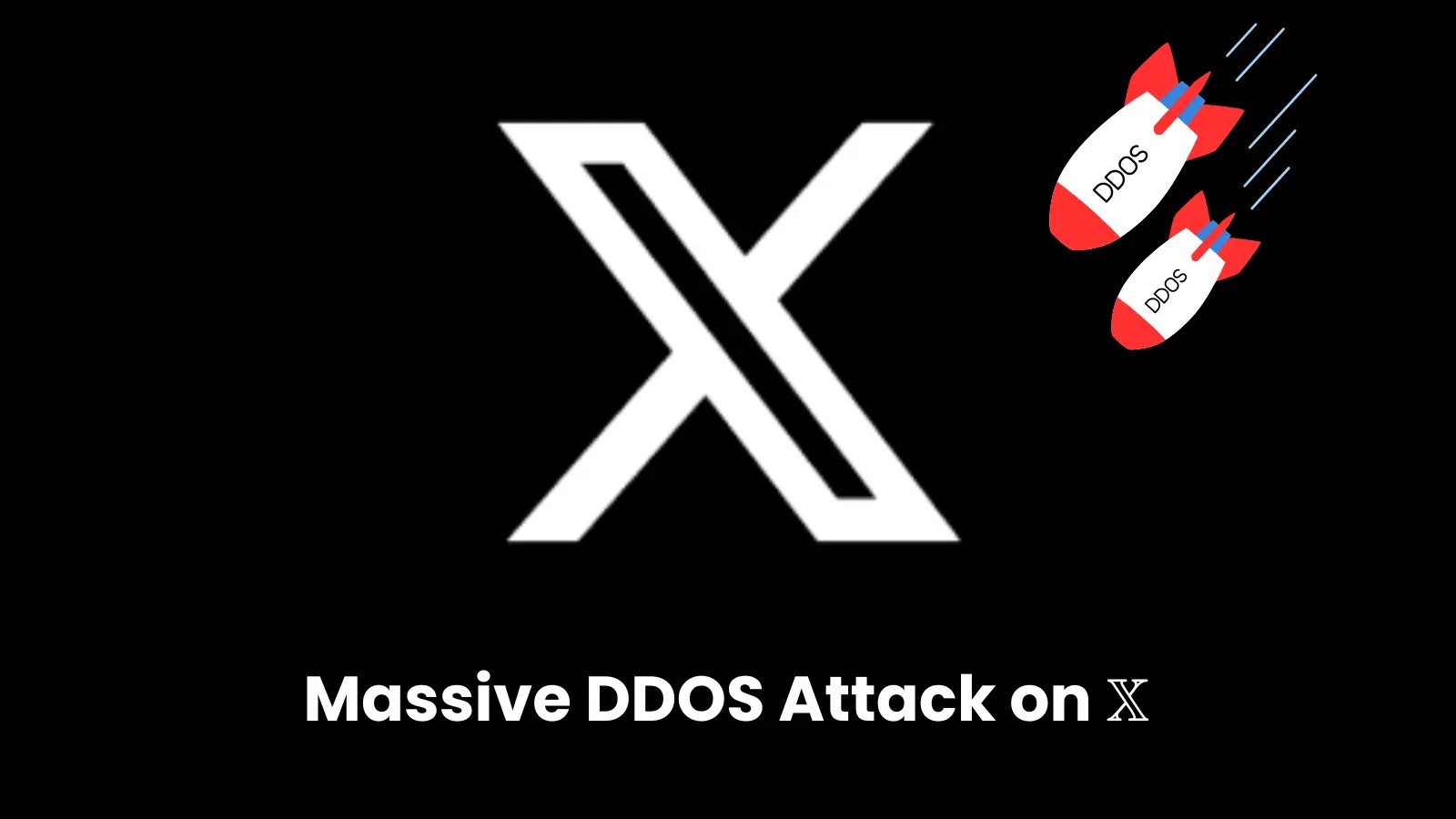Introduction
In a surprising turn of events, Elon Musk announced that X (formerly known as Twitter) experienced a Distributed Denial of Service (DDoS) attack just before a scheduled interview with former President Donald Trump. This incident has drawn significant attention to the vulnerabilities of high-profile online platforms and the importance of robust cybersecurity measures. In this blog, we will delve into the details of the DDoS attack on X, explore its implications, and discuss strategies to prevent such attacks in the future.
Understanding the DDoS Attack on X
What Happened?
Just before a much-anticipated interview with Donald Trump, X faced a massive DDoS attack that temporarily disrupted services. The attack involved overwhelming X’s servers with a flood of traffic, leading to service outages and slowdowns. Users reported difficulties accessing the platform, causing a delay in the interview and highlighting the potential impact of cyber threats on major digital events.
How Does a DDoS Attack Work?
A Distributed Denial of Service (DDoS) attack is a coordinated attempt to disrupt the normal functioning of a targeted server or network by flooding it with an excessive volume of traffic. Attackers often use botnets, which are networks of compromised computers, to amplify the attack and increase its impact. This results in legitimate users being unable to access the service, causing widespread disruptions.

Cybersecurity Implications of the Attack
1. Impact on High-Profile Events:
The timing of the DDoS attack, coinciding with a high-profile interview, underscores the potential for cybercriminals to target significant digital events. This incident highlights the need for platforms to prepare for and mitigate cyber threats that could disrupt important broadcasts and communications.
2. Challenges for Online Platforms:
For platforms like X, DDoS attacks can result in financial losses due to decreased user engagement and revenue. Additionally, the costs associated with mitigating the attack and strengthening security measures add to the financial burden. This incident serves as a reminder of the importance of investing in robust cybersecurity infrastructure.
3. Evolving Cyber Threat Landscape:
The recent attack on X highlights the growing sophistication of cybercriminals and their ability to execute large-scale attacks. As DDoS attacks become more prevalent, organizations must stay vigilant and adopt proactive cybersecurity measures to defend against evolving threats.
Preventing Future DDoS Attacks
1. Implementing Advanced Security Infrastructure:
Organizations should invest in advanced security infrastructure to detect and mitigate DDoS attacks in real time. This includes deploying firewalls, intrusion detection systems, and load balancers to manage and filter incoming traffic effectively. By identifying and blocking malicious traffic, businesses can maintain service availability even during an attack.
2. Leveraging Content Delivery Networks (CDNs):
Content Delivery Networks (CDNs) distribute network traffic across multiple servers, reducing the strain on any single server and minimizing the impact of DDoS attacks. By leveraging CDNs, organizations can enhance their network’s resilience and ensure consistent performance for users worldwide.
3. Engaging with Cybersecurity Experts:
Collaborating with cybersecurity experts and firms can provide organizations with valuable insights and support in combating DDoS attacks. Experts can conduct vulnerability assessments, recommend best practices, and assist in developing comprehensive incident response plans to address potential threats effectively.
4. Educating Users and Employees:
Raising awareness among users and employees about cybersecurity risks is essential in preventing attacks. Educating them on recognizing phishing attempts, securing personal devices, and following best practices can reduce the likelihood of falling victim to cyber threats.
Conclusion
Elon Musk’s revelation of a DDoS attack on X just before a major interview with Donald Trump serves as a stark reminder of the ever-present cyber threats facing organizations today. As cybercriminals continue to evolve their tactics, businesses must prioritize cybersecurity and invest in robust defense mechanisms. By implementing proactive measures and fostering a culture of security awareness, organizations can protect their platforms and maintain user trust in an increasingly digital world.

